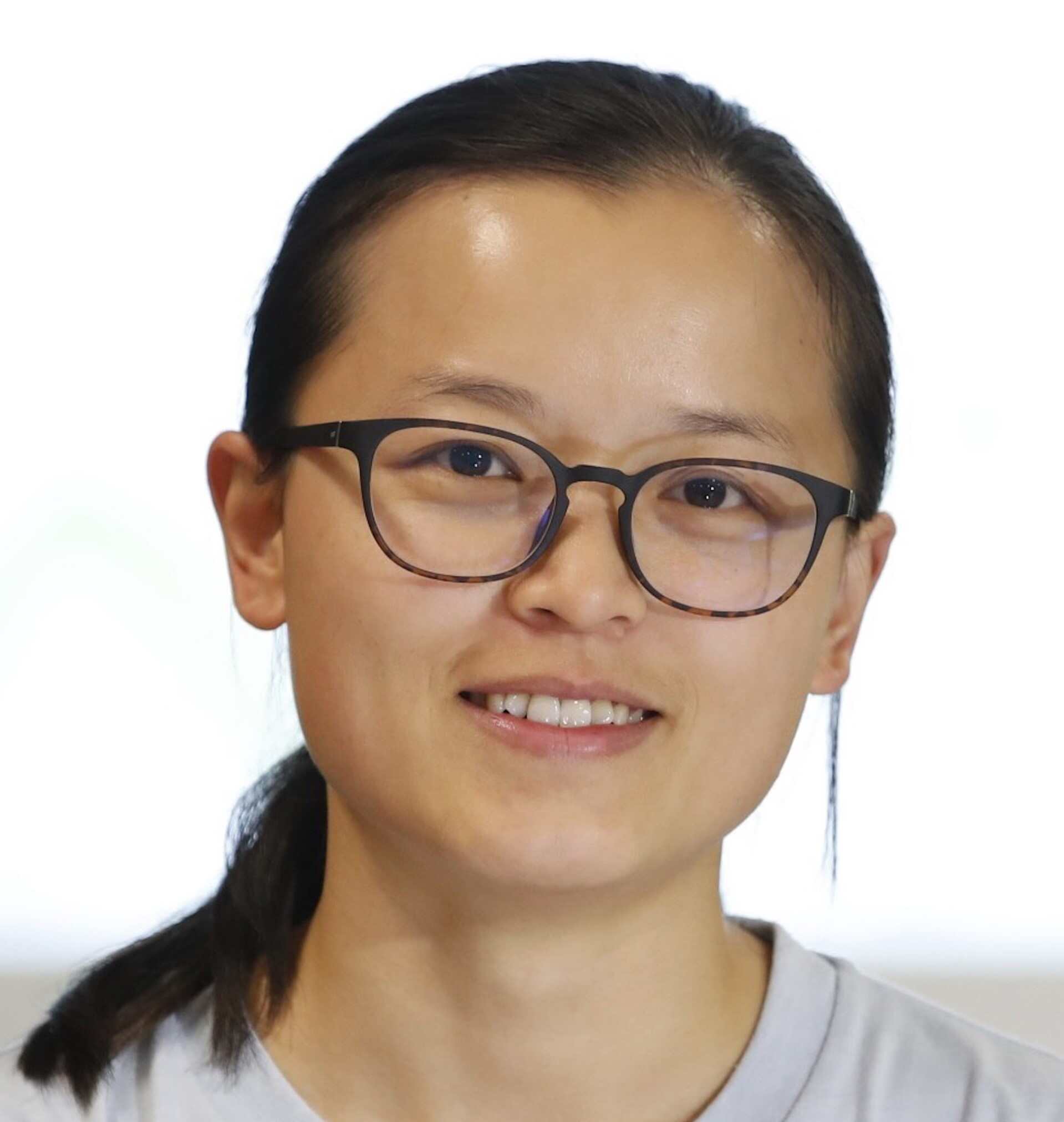Project Aim
The Bionic Eye, also known as a retinal prosthesis, shows promise as a treatment for restoring vision in patients with Retinitis Pigmentosa and Age-Related Macular Degeneration. It works by using a device implanted in the eye that contains small electrodes. These electrodes deliver electrical pulses to activate the remaining cells in the retina, particularly the retinal ganglion cells, which send visual information to the brain.
In the retina, different neural pathways specialise in detecting and transmitting specific features of the visual image to the brain. To make the electrical stimulation from the bionic eye mimic natural vision, the stimulation strategies of the device need to be programmed to selectively target these neurons. This can be achieved by arranging the electrodes or configuring the pattern of electrical pulses delivered by each electrode. Our research group has been actively working on this for the past 15 years.
This proposal aims to use a combination of experiments, imaging techniques, and computer modelling to understand how high-frequency stimulation selectively recruits different retinal pathways. By staining retinal tissue and reconstructing the 3D shapes of retinal ganglion cells, we will be able to study their responses to light stimuli and classify them based on their functions. These findings will be incorporated into a computer model of the retina, which will simulate the effects of electrode size and configuration in a multi-electrode array of a retinal prosthesis. This will help us understand how to selectively recruit neural cells.
The goal is to develop a new approach to retinal stimulation that can target specific neural pathways. This research will not only contribute to our knowledge of neural activation in general and retinal physiology specifically but also enable improved vision processing and stimulation strategies in future generations of bio
Project Results and Impact
Through our multidisciplinary approach, we have made some important discoveries. We found that high-frequency stimulation can selectively activate two different types of retinal cells, known as ON and OFF cells. These cells specialise in transmitting distinct visual information to the brain.
This finding is significant for the development of Bionic Eye because it means that this preferential activation can be achieved using different sizes and locations of stimulating electrodes. This is promising because it can be applied to a wide range of retinal prostheses that are being developed worldwide.
Additionally, we created a three-dimensional computational model of our suprachoroidal retinal prosthesis, which is a device implanted in the human eye. This model serves as a realistic virtual simulation tool that allows us to study the effects of electrical pulses from artificial stimulation on the retina. It helps us speed up the design and development of future devices.
Overall, our research has shown that high-frequency stimulation can selectively activate specific retinal cells, and we have developed a computational model to improve the design of retinal prostheses. These findings have the potential to advance the field of bionic eyes and improve vision restoration for individuals with retinal diseases.
Our results favour a new approach to retinal neurostimulation that will allow targeted neural recruitment. While contributing directly to our knowledge of neural activation in general and retinal neurophysiology specifically, our work will also be a critical enabler of improved vision processing and stimulation strategies in future generations of bionic eye.

Chief investigator:
Scientia Professor Nigel Lovell
University of NSW, Sydney
Grant awarded:
$39,405 (2015)
Research Impact Reports
Characterizing Stargardt Disease Mutations for Splice Intervention Therapeutics
Project Aim The aim of this project was to find...
Virtual Reality Assessment of Functional Vision in achromatopsia
Project Aim This project aimed to develop and validate a virtual reality (VR) mobility task...
Advancing Usher syndrome type 1B gene therapy with split intein
Project Aim Usher syndrome is the leading cause of combined hearing and vision loss worldwide....
Therapies for currently untreatable autosomal recessive IRDs
Project Aim This project aims to develop gene replacement therapies for autosomal recessive (AR) inherited...




